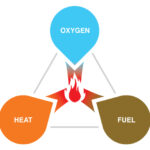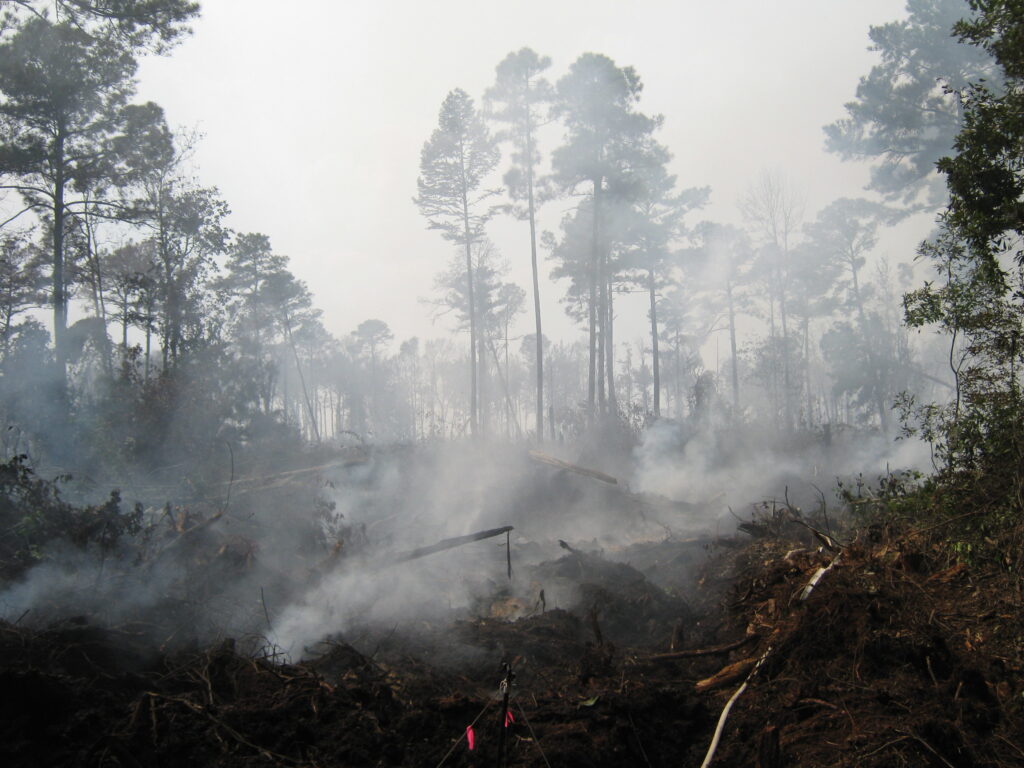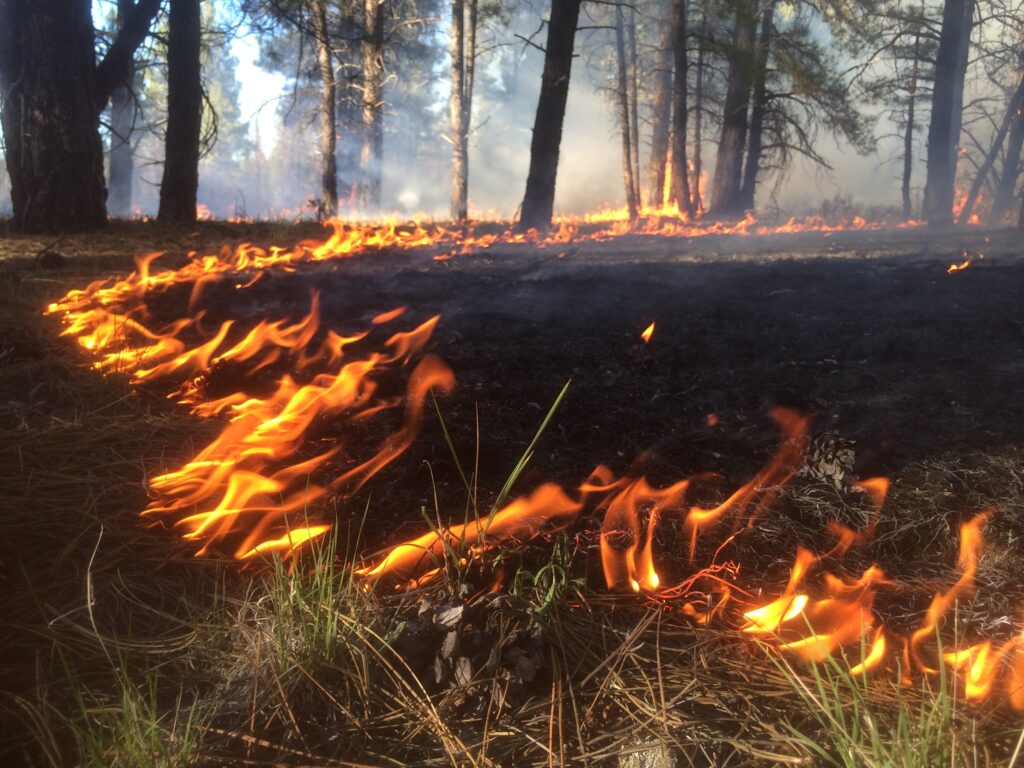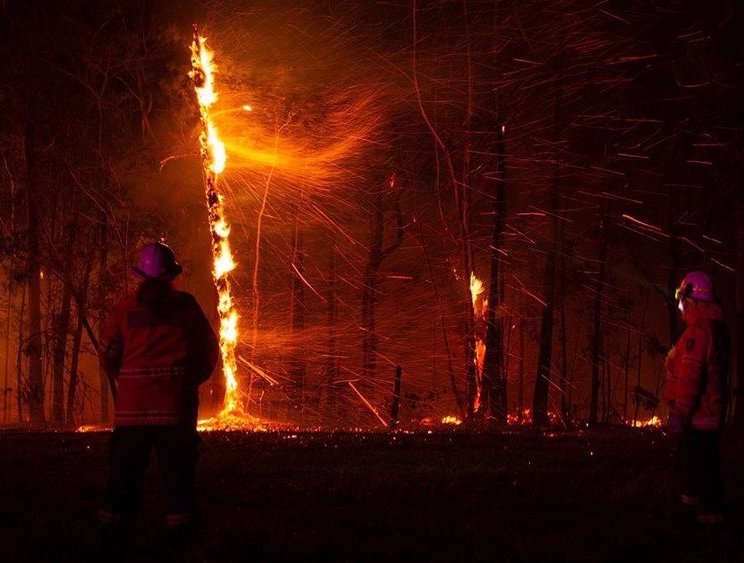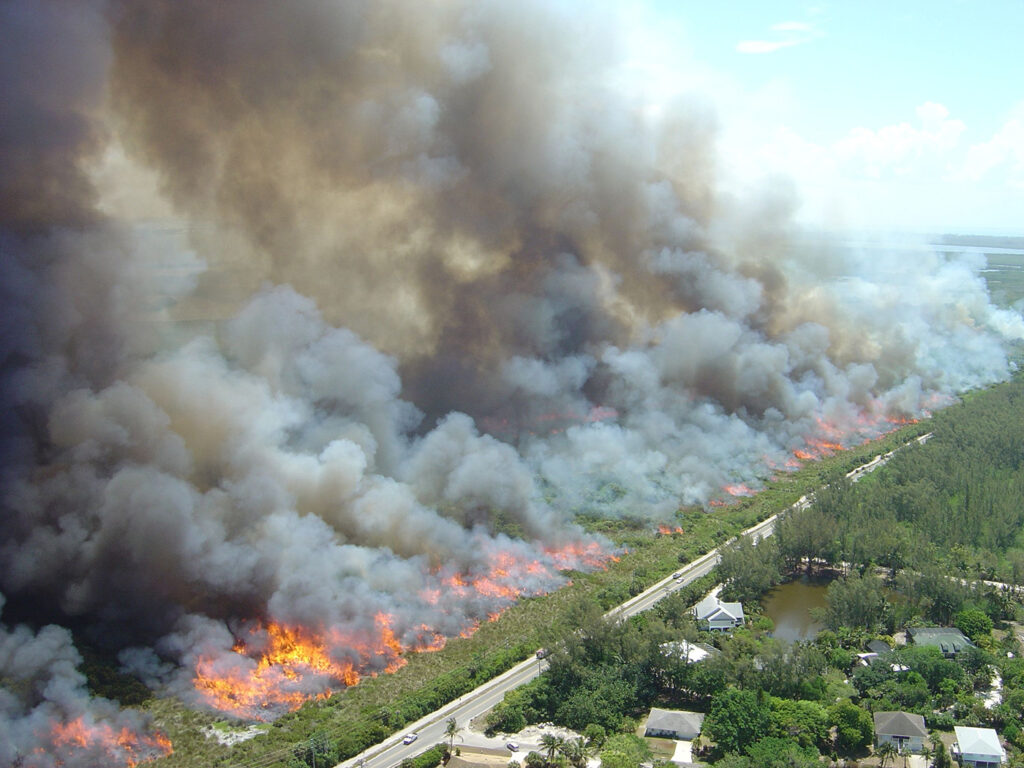Forest Fires or Wildfires?
Nowadays the increasing inadequate maintenance of rural areas poses, among all, a crucial add-on to the risk of fires. Deserted fields with wild grass, bushes and woods make up for a large amount of burnable vegetation that in some cases is even bigger that the forest itself. Fires in such wilderness pose a serious threat to populated areas just next to it. This is why scientists and fire experts prefer to use the term Wildfires instead of Forest Fires.
Not just wilderness! In addition to causing significant damage to ecosystems and wildlife, WILDFIRES can potentially cause serious damage to property and putting lives at risk. They can burn for days or even weeks and spread to thousands of acres. Large and long-lasting WILDFIRES are capable to consume millions of acres of vegetated area, and scorching the rich organic soil on the forests floor, which serves as a large reservoir for carbon.
WILDFIRES are actually supposed to be beneficial to certain natural landscapes, clearing underbrush in forests and triggering the release of seeds in some plant species. Such benefits have been incorporated into the practice of “prescribed fires” that is indeed meant to clean the wilderness. However, in the past years such a practice has progressively lost application since it was thought it could increase the risk of spreading unwanted fire, but it turned out to increase the vulnerability of wilderness to fires.
Wildfires jargoon in a nutshell
Fire behaviour
Fire behaviour is the manner in which a fire reacts to the influences of fuel, weather and topography.
Fire triangle
Fire Weather Index
Fire Weather Index is a meteorologically based index used worldwide to estimate the WILDFIRES danger based on several weather variables (temperature, precipitation, relative humidity, and wind speed). A higher index value indicates better weather conditions for WILDFIRES and thus a higher danger.
Global Warming aggravations
Global Warming has a double sided effect on forest fires: it raises weather and fuel aggravating factors. Weather and vegetation conditions are crucial factors for the severity and likelihood of fire. The rise in air temperatures caused by climate change is causing increased drought and longer fire seasons.
WILDFIRES fuel
Vegetation, such as grass, leaves, ground litter, plants, shrubs and trees, that feed a fire.
WILDFIRES fuel type
Vegetation grouped according to its reaction to fire such as spread or difficulty of control under specified weather conditions.
WILDFIRE hazard or danger?
Scientists and engineers distinguish hazard from danger.
The WILDFIRE danger depends on the on-going weather and it is reported by weather agencies as weather-based fire danger
The WILDFIRE hazard is the likelihood that the danger strikes in a given area. It largely depends on the quantity and continuity of vegetation
WILDFIRES exposed area
WILDFIRES exposed area includes people, wild life, land, infrastructure and the economy
WILDFIRES exposed value
WILDFIRES exposed value is a number that represents the value of the exposed area. It accounts the number of people living, wildlife ecosystems, the occurrence of strategic assets – for example hospitals, schools, fire management assets – and infrastructures – for example transportations, power plants or water supplies –
WILDFIRES vulnerability
WILDFIRES vulnerability is the susceptibility of an area, including people, wild life, land, infrastructure and the economy, to the impacts of WILDFIRES
WILDFIRES risk
WILDFIRES risk is the likelihood for a WILDFIRE to cause damage to an exposed area. It depends on the hazard and on the vulnerability and value of the exposed area.
WILDFIRES management plans
WILDFIRES management plans provide actions for a specific area, aimed at protecting people, property and forests from fire events, and using fire to accomplish forest management objectives. They include prevention and preparedness, detection and response, adaptation and restoration actions.

